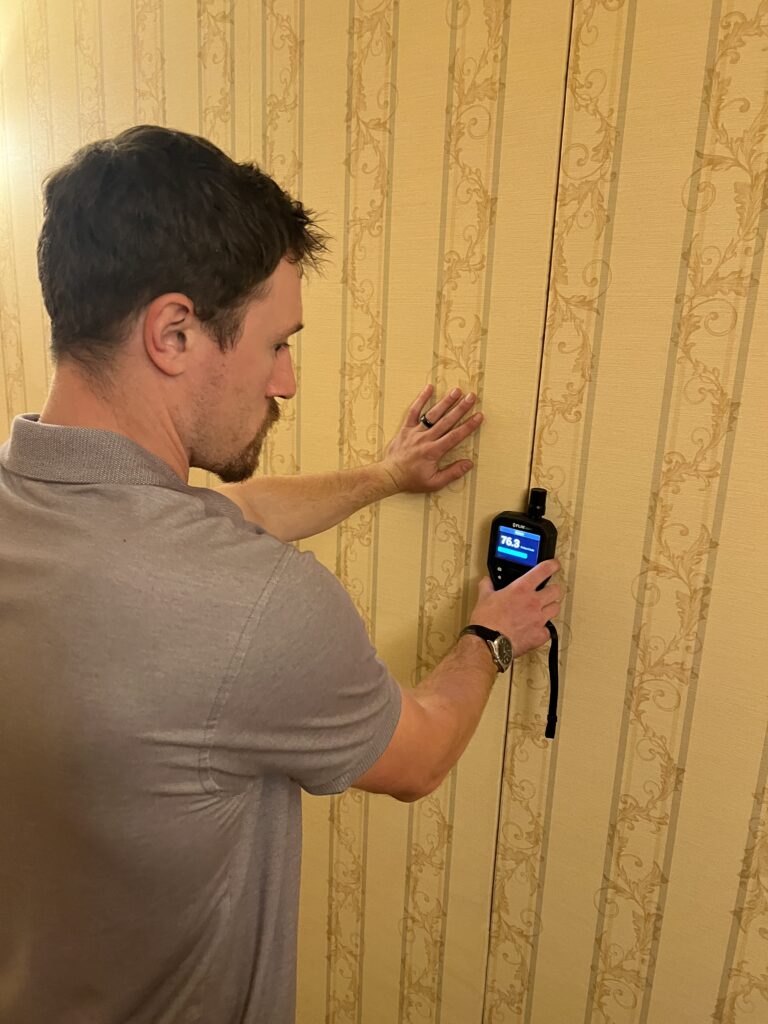Frequently Asked Questions
Techtron Engineering provides a wide variety of products and services. Some commonly asked questions are below. Please feel free to contact us at 800.264.8929 with any further questions.

If asbestos isn’t being disturbed, there is little health risk. However, if asbestos-containing materials are in bad condition or are going to be renovated, there is a risk of asbestos fibers releasing into the air. Asbestos exposure can result in mesothelioma, asbestosis, and lung cancer.
The only way to be sure a material is asbestos containing is to have it analyzed by a qualified asbestos laboratory.
Asbestos containing materials were most commonly used pre-1978. However, imported materials may still contain asbestos. We recommend testing a building of any age before renovation or demolition.
Mold problems often present with visible mold growth. However, it is possible to have elevated levels of mold with out visible mold. If you suspect a mold problem, we recommend a mold investigation be performed.
Mold will grow in moist areas. Oftentimes mold growth will occur indoors due to water leaks, high humidity, or condensation.
Mold will not go away on its own. The mold growth may die if the water source is removed, but the staining will remain.
Press a clear piece of tape against the discoloration. Be sure the discoloration shows on the tape and affix the tape to something clear (a plastic container, a second piece of tape).
Elevated blood levels can lead to kidney damage, nervous system damage, seizures, and death.
Is there any level of lead that is safe?
According to the CDC, adverse effects have no threshold.
Blood levels are considered elevated at or above the following concentrations:
3.5 µg/dl for children
5 µg/dl for adults
If anyone in the household has an elevated blood level
Prior to renovation in a pre-1979 home
When there is damaged, flaking, or peeling paint in a pre-1979 home.
Elevated levels of lead can be attributed to various sources including but not limited to lead-based paint, drinking water, soil contamination, imported goods, occupational exposure, folk remedies, and traditional cosmetics, and imported spices. To mitigate lead exposure, it is important to identify and address potential sources of lead contamination. This may involve testing for lead in paint, soil, and water, and taking appropriate measures to reduce or eliminate exposure, such as remediation, regular cleaning, and using lead-free products.
Collecting a lead sample yourself can be done for certain materials, such as paint chips or dust, as a preliminary step. However, it is important to note that proper sampling techniques are crucial to ensure accurate results and minimize your potential exposure to lead. We therefore recommend that samples be collected by a trained professional.

